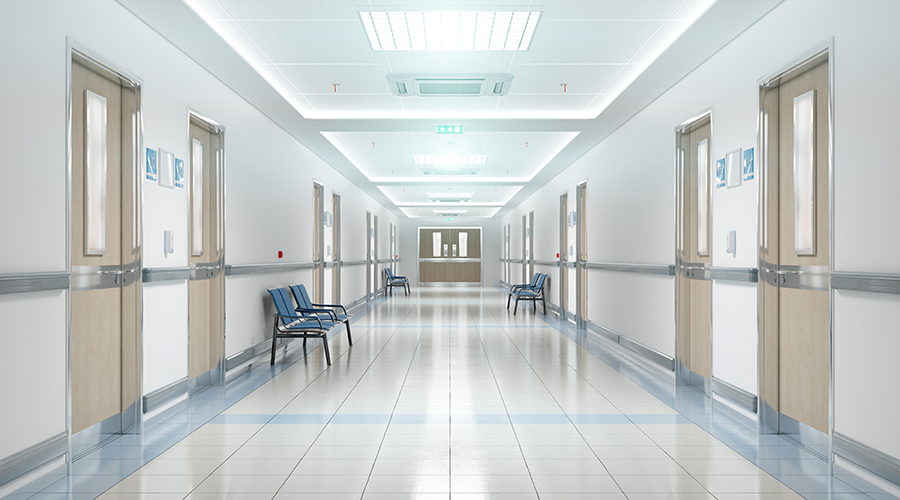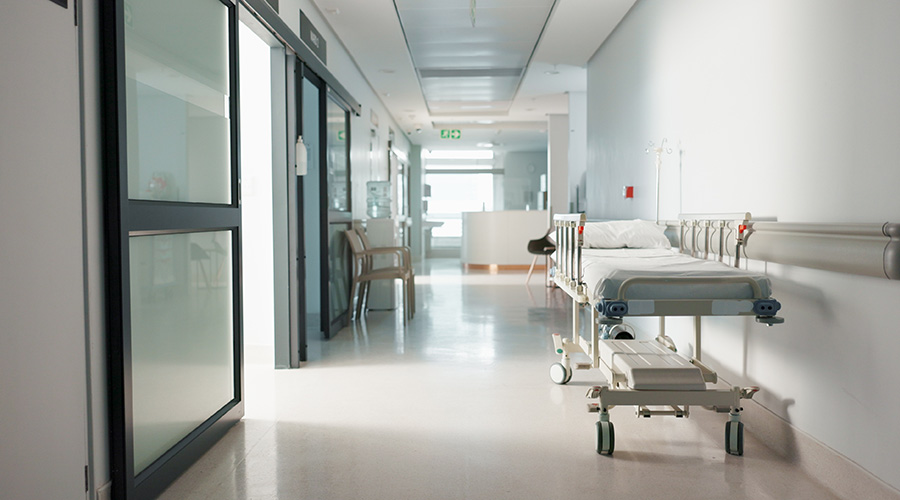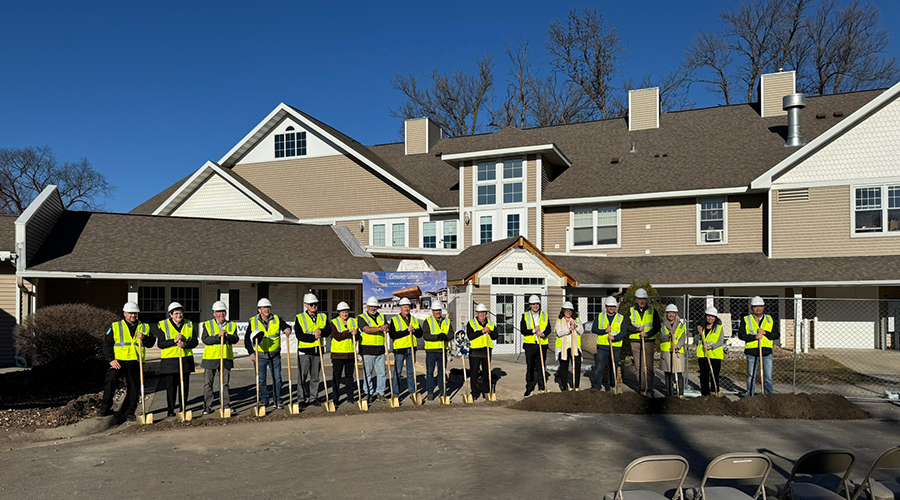Lighting system upgrades remain attractive options for healthcare facilities managers who are seeking to bring greater energy efficiency and lighting quality to hospitals and other healthcare facilities. When lighting upgrades are planned and carried out successfully, they can deliver these and other important benefits to facilities.
But the projects also can present managers with a host of tough challenges, including scheduling and safety, that must be addressed in the planning stages in order to deliver successful projects that create healthy, safe and appealing spaces.
Targeted upgrades
Hospitals are complex facilities that house an array of different spaces, from entryways and public areas to operating rooms and hallways. Many of these areas contain activities that are critical in nature. When it comes to deciding which of these areas can benefit most from a lighting system upgrade, managers can start the process by focusing on people.
“If it's a renovation type of project and they are switching out the lighting, definitely the first areas are patient areas and nurse stations,” says Sherri Shafiei with Page, a design, architecture and engineering firm. “Those areas are being used all the time, and changing out the lamps is a lot more disruptive to patient care versus having something that's lower maintenance.
“Also, (consider) areas with high ceilings, just because they're tough to get to. Those places are hard to get to change out lamps. I would say those areas are the first to upgrade if they can't do the whole thing."
Minimizing disruptions
Given the 24/7/365 nature of hospitals and many other healthcare facilities, managers face difficult challenges in planning and performing lighting system upgrades in a way that will allow the facility to continue operating with minimal disruptions to activities and patients. To make smart upgrade decisions, managers can start the process by taking a closer look at the schedule of activities in the facility that might be affected.
“If they're doing upgrades and changing out their lighting systems, they definitely have to look at the peak times and times that the area that they're upgrading is being used the least,” Shafiei says. “Whether that's on the weekend or off hours, they want to have the least disruption of patients and staff that are working in that area.”
And just as managers did when deciding in what areas to perform lighting system upgrades, deciding when to do the work also needs to involve the people most affected.
"The facilities group consults with the staff so that they can get a better sense of when is the least disruptive time for them to come in and do those upgrades,” Shafiei says. “They definitely have to get a team together of that group so that they can get the best info for both sides to make the best decision.”
Keeping it clean
Any kind of renovation or upgrade work in facilities can be messy, and lighting systems upgrades are no exception. Given these potential risks, upgrades taking place in hospitals and other healthcare facilities need to take stringent measures to ensure that the projects do not create infection control problems that can affect the health of patients and staff.
Shafiei says that as part of upgrade projects, managers can specify lighting fixtures that help minimize the pests and materials that help create environments where infections can grow and spread.
With such light fixtures, she says, “Bugs and other stuff can't get trapped. With a lot of these lighting fixtures, with the way they're designed, they don't hold dust in, or they have a dust cover. It's important to include that in the specs so they address those concerns because that will basically help the infection-control considerations that they need to address for patient safety.”
Shafiei also points out that lighting system upgrades themselves can have benefits down the road that support healthcare facilities’ efforts to create healthier indoor spaces by minimizing the need for future renovations.
“One benefit of upgrading the lighting is to prevent infection, to prevent them having to change out and accessing these lights so often,” she says. “The more times you have to access these lights, take them down, put them back together or change out the lamp, it allows germs to be able to get out in the air. So if you can do the upgrades all together, you’ll have to disrupt things less and you can control the infection more.
Spotlight on technology
Along with the scheduling and health considerations that must go into the planning of lighting system upgrades, managers also need to make savvy decisions about the technology that will be installed in the facility and the impact that these products will have on the facility’s patients and staff.
“In some cases, managers overlook things if they're upgrading some of the lights and not all of the lights,” Shafiei says. “They have to pay attention to the color and temperature of the lamps so that they match (existing lamps). If you're upgrading some lights and you’re keeping some of the lights, the light levels are going to be different, and the color is going to be different. That can be very distracting, especially in a healthcare setting. You want that even light not only for safety. (Matching light color and temperature) also creates a healthier atmosphere, and you can see patients' skin and their coloring a lot better.”
Paying close attention to the color, temperature and quality of lighting can have a direct benefit for patient care and outcomes.
“When you have uneven light, it can really deter from having a well-lit and even safe atmosphere,” Shafiei says. “With an evenly lit space, you can really provide the best healthcare service to your patients. It's tricky because if they're only upgrading some lights, how does that affect the overall space? It's something that managers need to take into consideration when they're doing upgrades.”
Finally, managers specifying the technology and products for lighting system upgrades need to pay attention to the amount of control that both patients and staff will have with the newly installed systems
“The other thing related to lighting upgrades is patient satisfaction and the satisfaction of the staff,” Shafiei says. “Pay attention to dimming systems, and make sure that these systems are able to be controlled by the patients in their rooms, as well as by the staff in their work areas. First of all, having all the lights on at one time is not very energy efficient. Being able to dim the lamps will help them last longer, and it means fewer lamps that they have to change out. Also, having control is important for patients because everyone is going through different things at different times during the day, and their lighting needs change.
“As far as the staff, depending on what kind of work they're doing, they like having control of their workplace and the place of healing. That control is really important to create a positive workplace and one that performs well and is safe.”
Dan Hounsell is senior editor for the facilities market. He has more than 30 years of experience writing about facilities maintenance, engineering and management.

 Healthcare Is the New Retail
Healthcare Is the New Retail Bridgeway Behavioral Health Services Launches Campaign to Renovate Health Center
Bridgeway Behavioral Health Services Launches Campaign to Renovate Health Center Ground Broken for New North Dakota State Hospital
Ground Broken for New North Dakota State Hospital AI Usage for Healthcare Facilities
AI Usage for Healthcare Facilities Ground Broken on Pelican Valley Senior Living Modernization Project
Ground Broken on Pelican Valley Senior Living Modernization Project